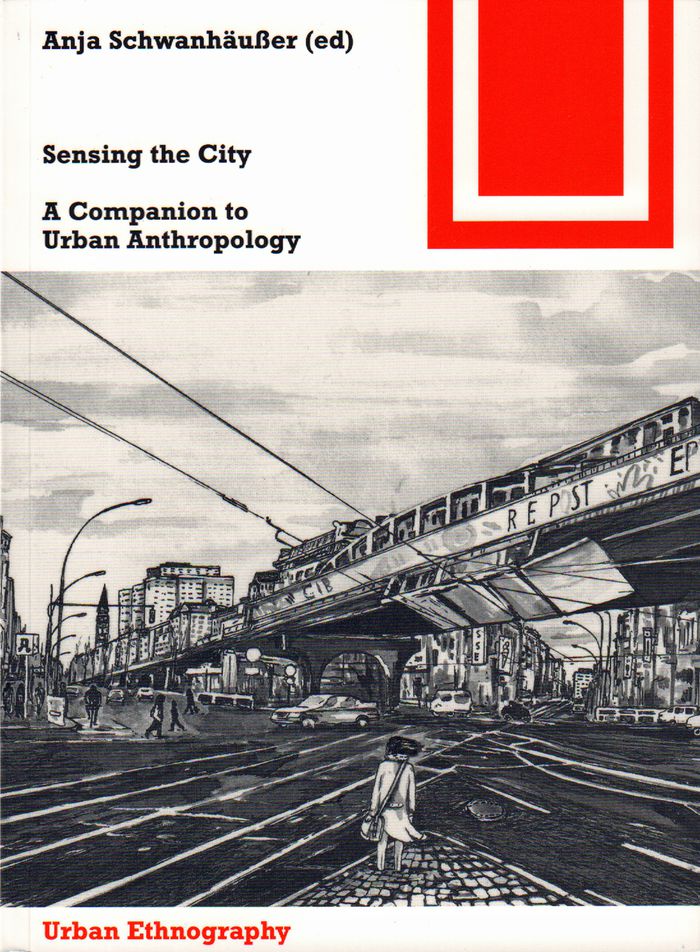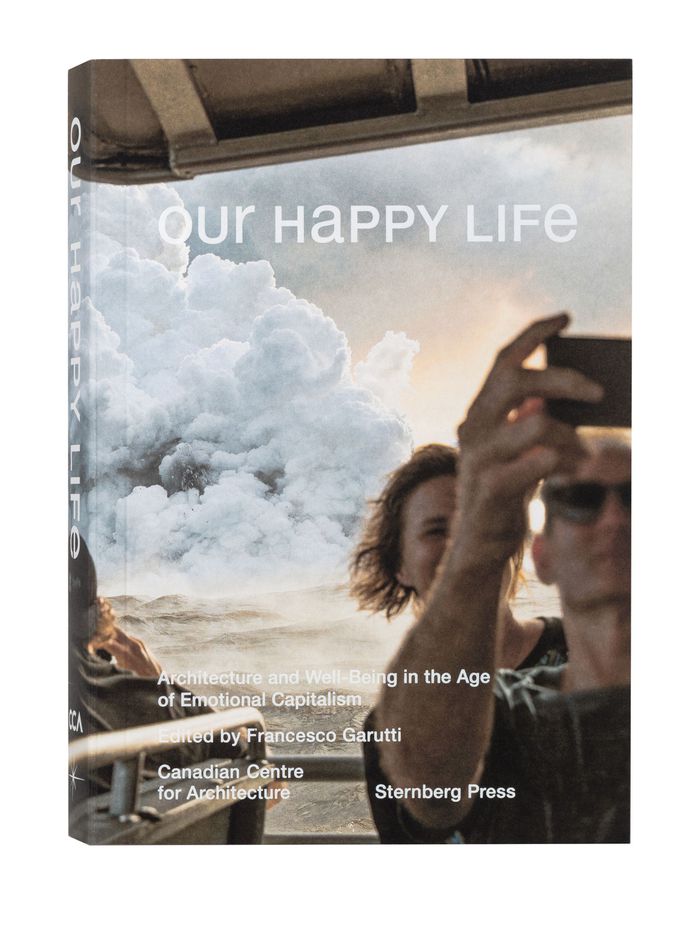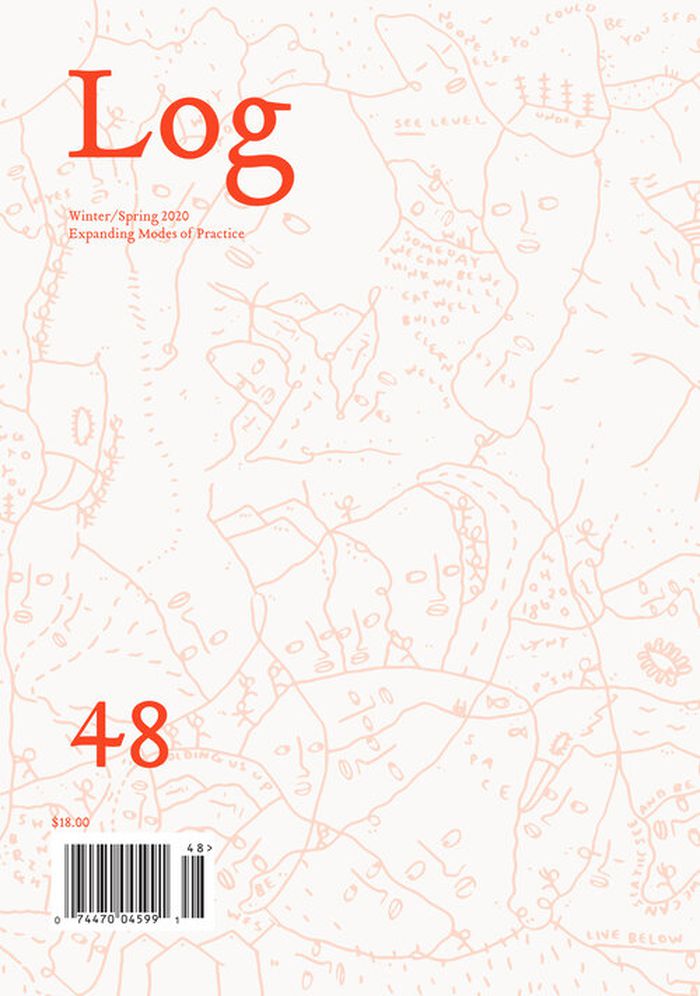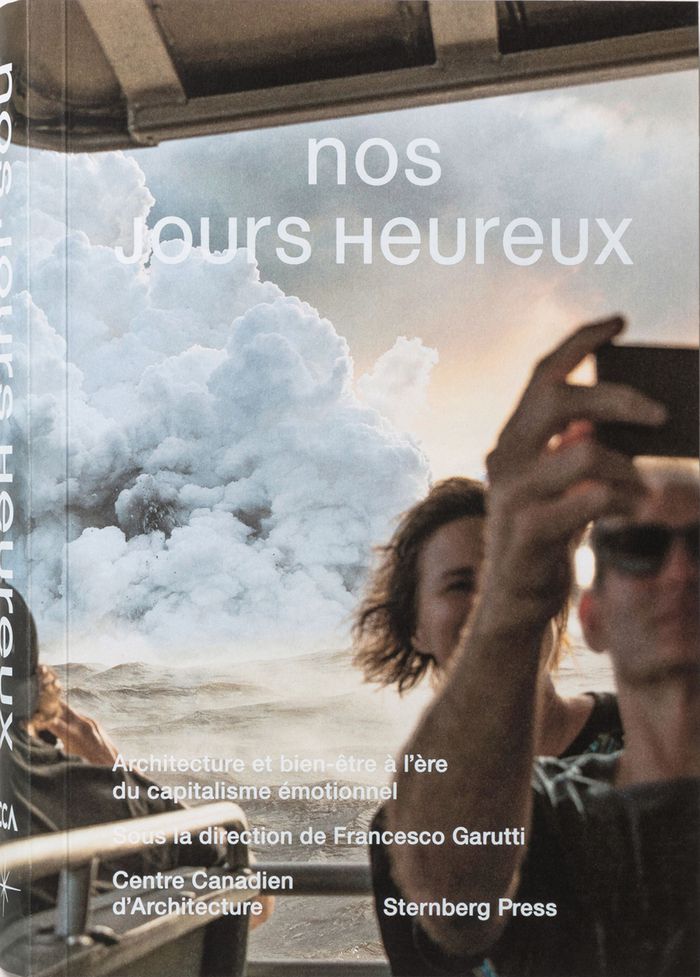$56.95
(available to order)
Summary:
The city is more than demography and architecture, it is a state of mind. Various groups, scenes and subcultures, widely known as "man in the street", shape and are shaped by urban space and its history according to imaginations, nightmares and dreams. Urban anthropologists get immersed in this closely knit fabric of urban culture and conduct field research with all their(...)
Sensing the city: a companion to urban anthropology
Actions:
Price:
$56.95
(available to order)
Summary:
The city is more than demography and architecture, it is a state of mind. Various groups, scenes and subcultures, widely known as "man in the street", shape and are shaped by urban space and its history according to imaginations, nightmares and dreams. Urban anthropologists get immersed in this closely knit fabric of urban culture and conduct field research with all their senses. The reader provides a compact introduction into urban anthropology, which has become the key discipline in exploring cities and city live as sites of encounter, conflict and sensation. It introduces the most influential writers in the field as well as young and upcoming field researchers.With essays by PeterJackson, LesBack, RuthBehar, MoritzEge, RolfLindner, Mirko Zardini, Margarethe Kusenbach, Loic Wacquant.
Urban Theory
$50.00
(available to order)
Summary:
How do we design our cities when our most intimate experiences are incessantly tracked and our feelings become the base of new modes of production that prioritize the immaterial over the material? Since the 2008 financial crisis, lists of well-being indicators, happiness indexes, and quality-of-life rankings have become viral. Concurrently, the emotional data presented in(...)
Our happy life: architecture and well-being in the age of emotional capitalism
Actions:
Price:
$50.00
(available to order)
Summary:
How do we design our cities when our most intimate experiences are incessantly tracked and our feelings become the base of new modes of production that prioritize the immaterial over the material? Since the 2008 financial crisis, lists of well-being indicators, happiness indexes, and quality-of-life rankings have become viral. Concurrently, the emotional data presented in these surveys- including perceptions on questions such as loneliness, friendship and intimate fears- feed an expanding political agenda of happiness and a new form of market whose most decisive asset is "affect." 'Our Happy Life' investigates the architectural implications of this trend by dissecting and questioning the political, economic, and emotional conditions that generate space today. Organized as a visual narrative with critical readings by Will Davies, Daniel Fujiwara, Simon Fujiwara, Ingo Niermann, Deane Simpson, and Mirko Zardini, this book reveals architecture, city, and landscape as contested surfaces, caught between the intagible guidelines of happiness indexes, the new marketplace of emotions, and the relentless ideology of positivity.
CCA Publications
$25.50
(available in store)
Summary:
“The center of architecture is shifting and cannot hold,” writes guest editor Bryony Roberts in Log 48: Expanding Modes of Practice. This moment of change, in which issues of inequity and intersectionality are coming to the fore, represents “an invitation to think differently, a chance to reask the questions that haunted the 20th century.” The collected authors in(...)
Log 48: Expanding modes of practice. Winter/Spring 2020
Actions:
Price:
$25.50
(available in store)
Summary:
“The center of architecture is shifting and cannot hold,” writes guest editor Bryony Roberts in Log 48: Expanding Modes of Practice. This moment of change, in which issues of inequity and intersectionality are coming to the fore, represents “an invitation to think differently, a chance to reask the questions that haunted the 20th century.” The collected authors in this issue range from architects and urbanists to curators and composers who grapple with what it means to practice in a more just way, balancing aesthetics with ethics. As Roberts writes, “What emerges from [these] experiments with situated, intersectional practice is the merging of the professional and the personal. Rather than neutrality, practices cultivate empathy.” At the heart of this issue are Roberts’s interviews with progressive practices Assemble, Borderless Studio, HECTOR, LA-Más, and Mabel O. Wilson. In addition, essayists Peggy Deamer and Michael Kubo discuss collaborative architecture practices today and in the past; Ana Miljacki and Jerome Haferd propose better pedagogies; and Jia Yi Gu, Deborah Garcia, and the feminist architecture collaborative position feminist theory in architectural practice and discourse today, and Cynthia Davidson talks with Mirko Zardini about the role of the museum today.
Magazines
$50.00
(available to order)
Summary:
Comment concevoir la ville lorsque nos expériences les plus intimes sont constamment traquées et nos sentiments utilisés comme base à de nouveaux modes de production favorisant l’immatériel au détriment du matériel ? Depuis la crise financière de 2008, les listes d’indicateurs du bien-être et d’indices du bonheur, ainsi que les classements fondés sur la qualité de vie,(...)
Nos jours heureux : architecture et bien-être à l'ère du capitalisme émotionnel
Actions:
Price:
$50.00
(available to order)
Summary:
Comment concevoir la ville lorsque nos expériences les plus intimes sont constamment traquées et nos sentiments utilisés comme base à de nouveaux modes de production favorisant l’immatériel au détriment du matériel ? Depuis la crise financière de 2008, les listes d’indicateurs du bien-être et d’indices du bonheur, ainsi que les classements fondés sur la qualité de vie, circulent de manière virale. Parallèlement, les données émotionnelles présentées dans ces enquêtes, y compris les perceptions relatives aux notions de solitude, d’amitié et de peurs intimes, alimentent un agenda politique du bonheur en croissance et une nouvelle forme de marché dont l’atout le plus déterminant est l’« affect ». Nos jours heureux examine les implications architecturales de cette tendance en disséquant et en questionnant les conditions politiques, économiques et émotionnelles qui génèrent l’espace aujourd’hui. Structuré comme une narration visuelle – assortie de lectures critiques de William Davies, Daniel Fujiwara, Simon Fujiwara, Ingo Niermann, Deane Simpson et Mirko Zardini –, cet ouvrage présente l’architecture, la ville et le paysage comme des surfaces contestées, prises entre les lignes directrices intangibles des indices de bonheur, le nouveau marché des émotions et l’idéologie implacable de la positivité.
CCA Publications



